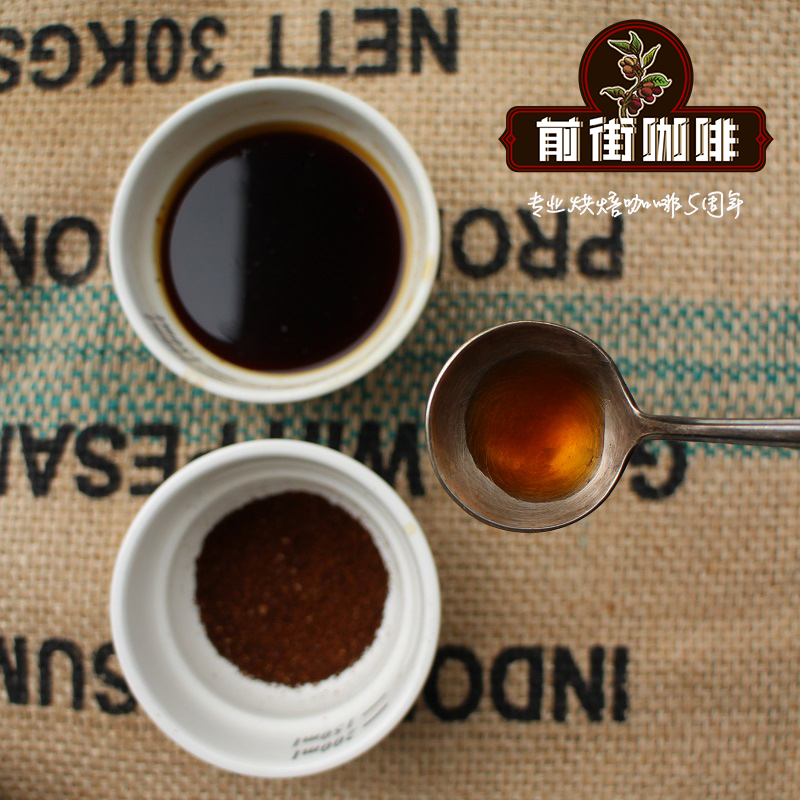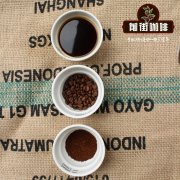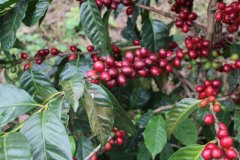Climate affects the cultivation of coffee or the impact of disposable paper cups on the planet, both of which are interrelated.

Professional coffee knowledge exchange more coffee bean information please follow the coffee workshop (Wechat official account cafe_style)
We have been boycotting "banning plastic bags" and "banning plastic straws", which has been implemented in supermarkets (everyone is starting to use environmentally friendly bags). Disposable coffee cups are one of the latest targets in this wave. Some people have called for disposable coffee cups to have the same warning signs as cigarettes.
So we thought we could take a look at the disposable coffee cup scene. Are they really harmful to the environment? Do we really have to get rid of them? If we don't use disposable coffee cups, what do we use?
Are disposable coffee cups with a reusable logo really harmful to the environment? To sum up, most disposable coffee cups are made of paper or cardboard, and these types of materials are not easily degraded. Although you might think, "Hey, these are not as bad as plastic."
Reason 1: disposable cups contain harmful chemicals, harmless to the human body, don't be nervous! But it is harmful to the whole environment. The cup usually contains a kind of polyethylene (which is plastic). Polyethylene doesn't have much impact on the environment, but it clogs the atmosphere-and they always run the risk of long-term accumulation of toxins.
Reason 2: even cups with recyclable marks can't be recycled quickly. Because disposable coffee cups are usually filled with drinks and remain in the cup even after being thrown away. This means that they are more difficult to recycle than other materials, which means that many disposable cups are not easy to recycle. So don't think it's just because there's a recyclable logo on your cup that it will be recycled automatically.
Reason 3: many trees (large area trees, all trees) are used when making cups. At the University of Melbourne, more than a billion coffee cups are used each year-and this is just Australia! Tens of millions of trees are destroyed every year, creating a product that can only be used once or can't even be recycled correctly.
Reason 4: the cup industry will have a large carbon footprint. All these recycling efforts have an impact, not to mention actually making them and transporting them. Factories, transportation, etc., actually have a huge carbon footprint. In fact, Starbucks did a study and found that every paper cup it makes produces 0.24 pounds of carbon dioxide.
The call to give up disposable cups is getting louder and louder. Of course, getting rid of these types of cups cannot be done overnight-cafes should not be blamed for using them. Because running a business is expensive, using these cups may mean survival.
Large chain stores such as Starbucks have introduced measures to allow customers to get discounts when buying coffee when using their own cups; some chain stores even ban disposable cups altogether
Brands such as Australia's KeepCup,FrankGreen, which have chosen to replace disposable coffee cups with portable coffee cups, are creating a more stylish and fun way to keep disposable cups off the market.
Important Notice :
前街咖啡 FrontStreet Coffee has moved to new addredd:
FrontStreet Coffee Address: 315,Donghua East Road,GuangZhou
Tel:020 38364473
- Prev

The global coffee output value reaches 3 trillion. The International Coffee sensory Forum takes the stage to seize the international market.
Professional coffee knowledge exchange more coffee bean information please follow the coffee workshop (Wechat official account cafe_style) World boutique Coffee Association (Specialty Coffee Assocation,SCA) and Zhenghan biotechnology cooperation, today held an international coffee sensory forum, a total of 200coffee professionals from Asia participated and discussed by the world's top coffee sensory experts. There is Taiwanese coffee.
- Next

What is the effect of coffee nutrition on the body? What are the health benefits of coffee to the human body?
Professional coffee knowledge exchange more coffee bean information please follow coffee workshop (Wechat official account cafe_style) Coffee originated in the subtropical regions of Africa and some islands in South Asia. It ranks high among more than 70 countries in the world and ranks second among valuable trade commodities, second only to oil. There are various ways to use and present coffee, such as cappuccino.
Related
- Why can American refills for free? The difference between Americano and American drip pot coffee
- Being chased out of the rain in front of Starbucks?! Store: Sheltering from rain under umbrellas poses a safety hazard
- The white moonlight has changed?! Lucky launches "Big Winter Pear American"
- Hand-brewed coffee three-stage method, high-sweet and universal brewing method to share! What does the high sweet water level of hand-brewed coffee mean?
- What is the difference between raw, refined and full espresso coffee? How to extract espresso and taste good?
- A complete list of coffee bean names and their meanings! What is Yejia Shefi coffee? Where is Mantelin coffee?
- What grade does Arida Manor Kaduai coffee beans belong to? What treatment is Arida ASD slow anaerobic sun exposure?
- The milk tea cup becomes smaller?! Overlord Tea Girl launches a new "Return to Yunnan" series
- Accused of selling counterfeit and high-priced coffee beans! Well-known boutique coffee brand "Oukelao" bowed and apologized!
- How to make espresso dumplings? Can I eat coffee and glutinous rice balls together?

